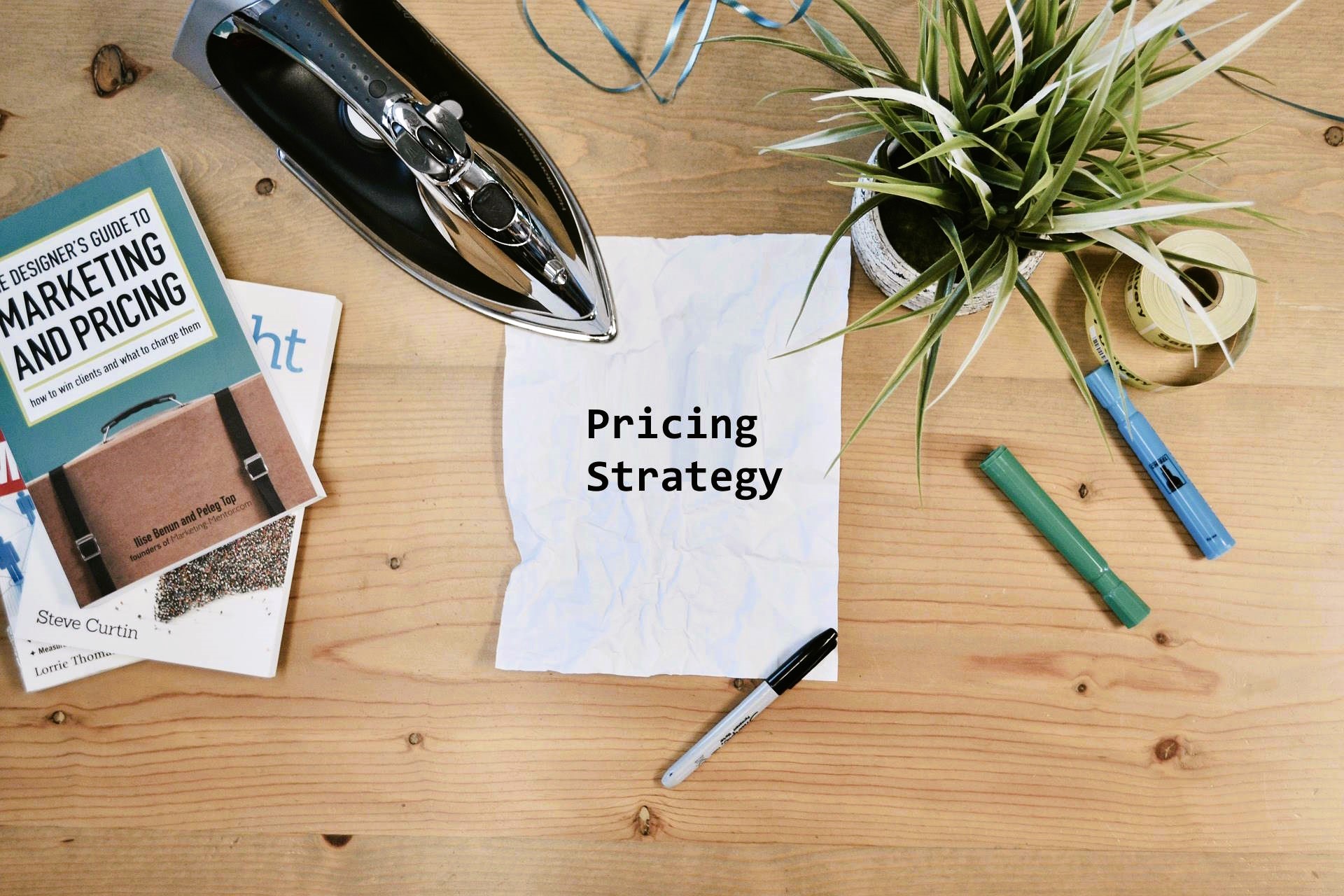
12 Jun How To Develop Your Pricing Strategy When Writing A Bid
Developing an effective pricing strategy is essential for winning bids and tenders.
Depending on your buyer, they may be looking for the most cost-effective pricing strategy, or be willing to pay a higher price that offers premium quality services and added value.
In short, your buyer will be looking for the Most Economically Advantageous Tender (MEAT), so it is essential that your pricing strategy not only meets their requirements, but also sets you apart from your competitors.
In this article, we will go through the definitions of some different types of pricing strategies, and outline the factors to take into account when crafting the price points for your bids.
Before You Begin
There are several questions you should consider before you start developing your pricing strategy. These include:
- Does your buyer prioritise low price or high quality?
- How can you make your pricing competitive compared to the rival companies in your field?
- What is your business’ Unique Selling Point compared with your competitors? And what added value can you offer your buyer?
- If your submitted bid proves to be the winner, is your business sure to make a profit? And even if you can’t profit in financial terms, can working on the project offer you something else that makes it worth your while?
Understanding MEAT
Your buyer will assess your tender using the Most Economically Advantageous Tender (MEAT) strategy. Essentially, this is the balance of price vs quality, and it is usually expressed in percentages.
For example, a buyer who prioritises price may opt for 60% price and 40% quality, whereas a buyer who prioritises quality may opt for 60% quality and 40% price.
The Pricing Strategy Basics
There are three considerations to take into account when developing your pricing strategy:
- Direct Costs – These are the immediate costs of supplying your goods and services to your buyer; they include, for example, materials and labour.
- Indirect Costs – These are the costs that are not directly associated with the contract itself, but which you will have to cover as part of your overheads; like for example, your administration fees.
- Profit – Your profit margin is the money your business will make when your costs have been paid off. If your profit margin is too high, you risk your buyer losing interest due to the expense. If it is too low, however, your business may appear inexperienced or disreputable to the buyer – and your hard work may not be properly rewarded.
You can usually find more information about what your buyer is looking for in terms of a pricing strategy contained within the evaluation criteria for the bid.
The Types Of Pricing Strategy
There are several different types of pricing strategy, and some will be more appropriate for certain tenders than others. Here is a brief explanation of the most common types of pricing strategy:
- Penetration Pricing – Penetration pricing is when your business offers a price that is lower than your competitors. While this type of pricing is unlikely to offer your business a decent profit margin, it can be useful when you are new to the market and need to acquire experience and references for future applications.
- Competitive Pricing – Competitive pricing is when your business matches the price of your competitors. If you can then offer added value which sets your business apart from these competitors, you have a strong chance to win the bid. Researching the details of submitted bids for similar past contracts can help you to gauge what kind of price points your competitors will be aiming for.
- Price Skimming – This is when you set your prices as high as possible to guarantee your business a good profit margin. This is a useful strategy when your business has a lot of work and a job must be worth it to justify taking on new contracts – but this type of pricing strategy can be to your detriment if your buyer is looking for the most cost-effective solution.
- Cost-Plus Pricing – Cost-plus pricing is when you simply add your profit margin on top of your costs. You can then compare the total figure with the prices of your competitors and adjust as necessary. This strategy is a good starting point to work from if you have detailed information about your own costs and desired profit margins, but lack initial insights about your competitors’ pricing.
- Value-Based Pricing – Value-Based Pricing is when you offer a price that aligns with how much your buyer is happy to pay. This can make it more likely that you will win your tender – but you may need to review your costs to meet your buyer’s expectations while still making enough profit.
- Economies Of Scale – Economies of scale pricing is when the higher the quantity of goods and services purchased, the more you can reduce your prices by. This type of pricing strategy is usually used in mass operations and when working on long contracts.
Be Careful!
Once you have submitted your invitation to tender (ITT), the price you have offered is non-negotiable. This means that you cannot adjust your prices once you have won the bid. As such, it is essential to ensure that your pricing strategy is accurate and covers all your costs before you submit your bid.
As you can see, deciding on the correct pricing strategy to use in a bid is a complex matter, and one that can decide the success or failure of the project for your business before you even begin the core aspects of the work.
Given the potential pitfalls involved, if you’re at all confused about how you should develop your pricing strategy, it is well worth seeking professional help.
Want to create the perfect pricing strategy for your bid creation process? Our expert team can help!
